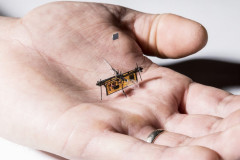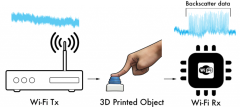https://www.doctoroz.com/episode/oz-investigates-could-eating-more-salt-actually-save-your-life?video_id=5797590614001 Fitness trainer Gunnar Peterson and Dr. Oz explain how the SleepScore app can help you get more rest. This technology is based on the ApneaApp technology licensed from our lab.
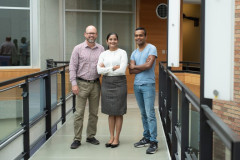
The UW team behind ApneaApp, left to right: Nate Watson, Rajalakshmi Nandakumar, and Shyam Gollakota. Photo credit: Sarah McQuate/University of Washington More than a billion people worldwide experience problems related to sleep, which can have a significant impact on their health, productivity, and overall quality of life. In the Read More ...

Check out the paper: https://homes.cs.washington.edu/~gshyam/Papers/videobackscatter.pdf Check out the article by Techcrunch: https://techcrunch.com/2018/04/19/technique-to-beam-hd-video-with-99-percent-less-power-could-sharpen-the-eyes-of-smart-homes/

Wired covers our work on charging smartphones using lasers. https://www.wired.com/story/wireless-charging-with-lasers/
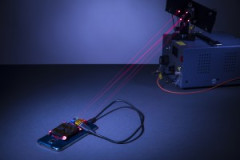
Although mobile devices such as tablets and smartphones let us communicate, work and access information wirelessly, their batteries must still be charged by plugging them in to an outlet. But we have for the first time developed a method to safely charge a smartphone wirelessly using a laser. http://laserpower.cs.washington.edu/
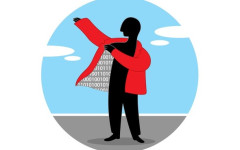
Scientific American covers our work on data storage using magnetized fabric with a great title. https://www.scientificamerican.com/article/how-many-gigs-are-you-wearing/
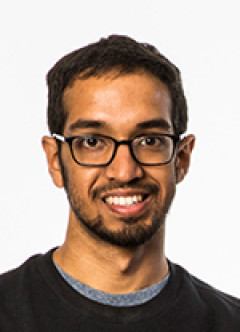
Vikram is one of ten MSR Ph.D. fellows of 2018. https://www.microsoft.com/en-us/research/academic-program/phd-fellowship-program/
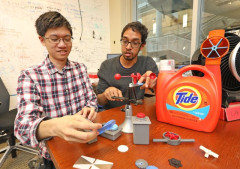
https://www.seattletimes.com/seattle-news/education/no-batteries-wires-or-plugs-uw-team-makes-plastic-devices-that-communicate-via-wi-fi/ and others

